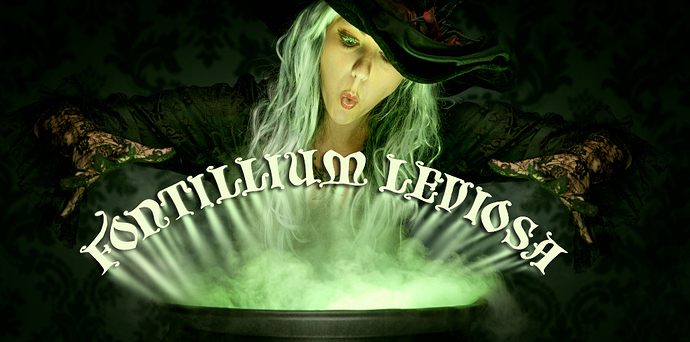OK, I’ll bite…
Personally, I like Carson’s work, but it has its place – mostly for other designers (and surf dudes) to pore over.
However where I take objection to the above quote is, it is all well and good, but you usually have to know the rules to be able to break them, otherwise you end up like Mr Carson, very niche – and even then only if you are really lucky. He is talented enough to have made an impact and has an innate understanding of space and proportion. He is one of those rare beasts who has natural talent but is not formally trained in design,
That’s definitely not the norm. Most people who go for the grunge look without knowing the rules will end up producing little more than a visual cacophony.
He was also successful because of the time his work emerged. It was highly influenced by the California surf culture ( he was a pro surfer for a time), but it gained wider popularity as a result of over-polished, highly corporate, very conservative prevailing trends. It was this climate that fostered the likes of Carson, Brody, Vaughan Oliver. They broke new ground. They were original. All those who emulated it fell by the wayside.
Little of this makes for effective design, in terms of clear communication. It makes for inspiration for other designers and pushes more towards art than design.
Anyway, where I was going with this, is if you want to learn typography, don’t learn it from Carson. Come back to it later. In reality, whatever it’s appeal, for the most part, most designers’ clients are not going to be well-served by a such a niche aesthetic. You need to have much more in your arsenal. I just can’t see you average startup bakery doing well with type that is intentionally illegible and has the wrong tone of voice to people looking for hand-crafted, crusty cobs.
Anyone can play an A above middle C on a piano, but you have to be able to play Rachmaninov’s 3rd to be able to do it justice.
Use your eyes and your head and know the rules before throwing them out.

 , or that there were certain metrics in both fonts which needed to match!
, or that there were certain metrics in both fonts which needed to match!

